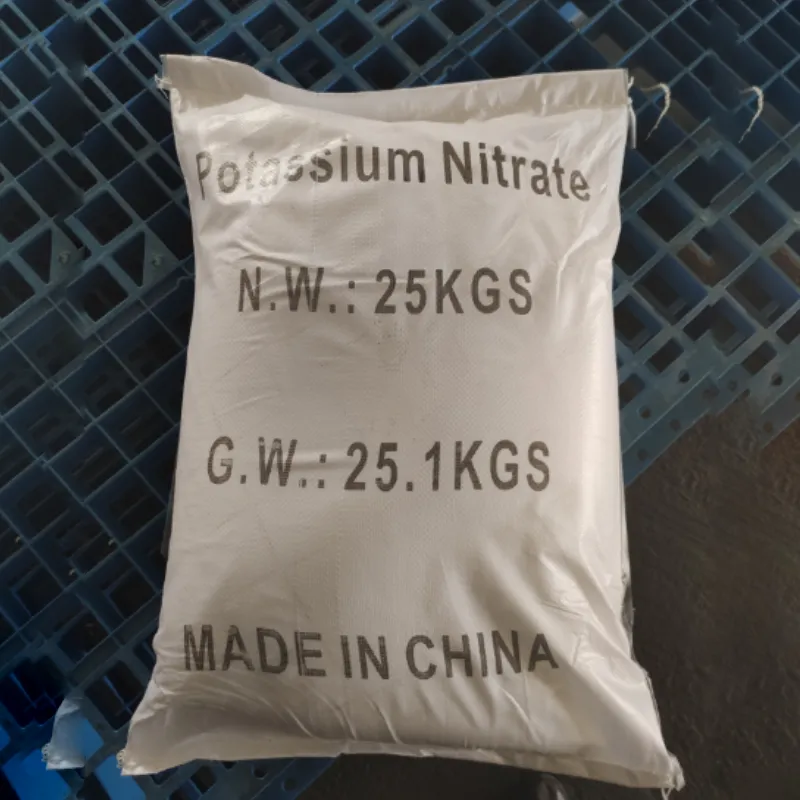
Exploring E163 Food Additive and Its Impact on Health and Nutrition
The Role of E163 Food Additive A Comprehensive Overview
E163, commonly known as anthocyanins, is a natural food additive that belongs to a group of pigments called flavonoids. These pigments are water-soluble and are found in various fruits, vegetables, and flowers. E163 is primarily derived from berries, red cabbage, and other plant sources, contributing not only color but also a range of health benefits to food products.
The Sources of E163
Anthocyanins are predominantly extracted from a variety of fruits, including blueberries, blackberries, raspberries, and strawberries, as well as from vegetables like red cabbage and eggplants. The natural colors derived from these sources range from red to purple to blue, making E163 a popular choice for manufacturers aiming to enhance the visual appeal of their products. This is particularly important in an industry where first impressions are crucial for consumer choices.
Usage in Food Products
E163 is widely used across the food industry, commonly found in beverages, jams, jellies, yogurt, confectionery, and baked goods. The additive helps to stabilize color in products that might otherwise fade over time, ensuring that the vibrant hues remain appealing to consumers. Additionally, because E163 is derived from natural sources, it is often preferred by those looking to avoid synthetic colorings in their diets.
One of the significant advantages of using E163 is its versatility in various pH environments. It displays different colors at varying pH levels, which can be a beneficial characteristic when formulating food products that may have acidic or alkaline properties. For instance, yogurt with E163 may appear redder in a neutral state and shift towards a purple hue when exposed to acidity, making it not only functional but also visually engaging.
e163 food additive

Health Benefits
Beyond its aesthetic contributions, E163 is associated with several health benefits. Anthocyanins are known for their antioxidant properties, which help combat oxidative stress in the body. This can potentially reduce the risk of chronic diseases such as heart disease, cancer, and diabetes. Research has suggested that a diet rich in anthocyanins may also improve cognitive function and promote overall well-being.
Furthermore, the anti-inflammatory properties of E163 can be beneficial for those suffering from conditions associated with inflammation, such as arthritis. These health attributes have led to increased consumer interest in products containing natural antioxidants, and the demand for E163 has consequently risen.
Safety and Regulations
The use of E163 as a food additive has been evaluated by various food safety authorities, including the European Food Safety Authority (EFSA) and the U.S. Food and Drug Administration (FDA). These organizations have deemed E163 safe for consumption, given that it is derived from natural sources and poses minimal risks when used in appropriate amounts. However, as with any food additive, individuals should be informed about potential allergies, especially for those sensitive to the sources from which E163 is extracted.
Conclusion
E163 serves as an essential additive in the food industry, providing natural color and delivering numerous health benefits. Its versatility, safety, and natural origin align well with current consumer trends toward healthier and more visually appealing food options. As consumers become increasingly aware of the ingredients in their food, the demand for natural additives like E163 is expected to grow, leading to further innovations and applications in the culinary world. The future of food coloring may well be rooted in the vibrant and nutrient-rich world of anthocyanins, making E163 a noteworthy additive for both manufacturers and health-conscious consumers alike.
-
Why Glacial Acetic Acid Food Grade Is Essential in FlavorNewsMay.26,2025
-
Surging Export Growth of Food Additives in ChinaNewsMay.26,2025
-
How Ammonium Nitrate Fertilizer Boosts Crop YieldsNewsMay.26,2025
-
How 1,2,3-Benzotriazole Shields Plastics from UV DegradationNewsMay.26,2025
-
Cyanide in Gold Mining: Protecting People and the PlanetNewsMay.26,2025
-
Aluminum Hydroxide in Modern Sunscreen FormulationsNewsMay.26,2025
-
Understanding Synthetic Rubber OptionsNewsApr.27,2025
Hebei Tenger Chemical Technology Co., Ltd. focuses on the chemical industry and is committed to the export service of chemical raw materials.
-

view more DiethanolisopropanolamineIn the ever-growing field of chemical solutions, diethanolisopropanolamine (DEIPA) stands out as a versatile and important compound. Due to its unique chemical structure and properties, DEIPA is of interest to various industries including construction, personal care, and agriculture. -

view more TriisopropanolamineTriisopropanolamine (TIPA) alkanol amine substance, is a kind of alcohol amine compound with amino and alcohol hydroxyl, and because of its molecules contains both amino and hydroxyl. -

view more Tetramethyl Thiuram DisulfideTetramethyl thiuram disulfide, also known as TMTD, is a white to light-yellow powder with a distinct sulfur-like odor. It is soluble in organic solvents such as benzene, acetone, and ethyl acetate, making it highly versatile for use in different formulations. TMTD is known for its excellent vulcanization acceleration properties, which makes it a key ingredient in the production of rubber products. Additionally, it acts as an effective fungicide and bactericide, making it valuable in agricultural applications. Its high purity and stability ensure consistent performance, making it a preferred choice for manufacturers across various industries.











